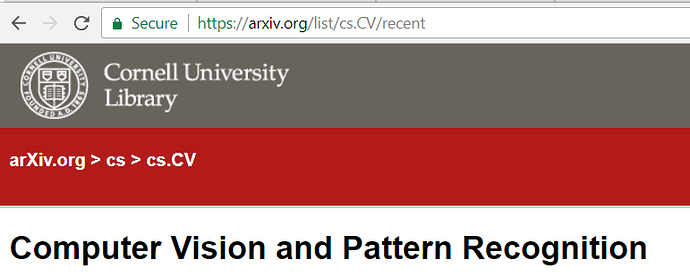@part1_v2 : I’ve noticed that our forum has gotten rather full of more advanced topics, since there are quite a few people in the course who have already taken last year’s version, or who have completed other courses.
I’m concerned that this could be somewhat intimidating and confusing for folks that don’t have any background in machine learning or deep learning - which is probably over half the participants in this course. When reading answers to a question, it can be hard to separate which answers are advanced additional topics, vs which are directly related to the course content we’ve covered so far.
Therefore, I’ve created a new forum category that is specially for discussions targeted to people with little or no background in deep learning. The category is here: http://forums.fast.ai/c/part1v2-beg . To clarify:
- All types of questions and answers are still welcome here in the original #part1-v2 category; just be aware that answers to your questions may include more advanced topics. So use this category if you’re happy to see these topics too
- However only beginner friendly questions and answers should be posted in the new #part1v2-beg category. More advanced students are welcome (and encouraged!) to join these discussions, but please try to ensure your explanations, questions, etc are accessible and appropriate for people totally new to this field.
I’ve copied the ‘welcome post’ from the new category below, which has some more information. Feel free to reply to this post if you have any questions or comments about this new category. Consider this an experiment - we’ve not created a “beginner friendly” forum for previous courses. BTW I did consider instead creating an “advanced” category instead, but then I felt that the existing category we have here is already too full of advanced topics for that to work well.
Category welcome post:
This category is strictly for discussing topics that we have brought up in class, questions about running the code that we’ve looked at in class, or any other issues related to the lessons we’ve covered already. The goal is for this category to be approachable and non-intimidating to folks with the minimum prerequisites (no machine learning background, one year of coding experience).
In particular, posts should not cover future lessons, topics that aren’t in this course, setting up or using platforms other than AWS, Crestle, or Paperspace, or other topics outside of what we’ve covered in the lessons.
If you have a suggestion for other blog posts, books, etc which specifically cover a topic we’ve looked at in class in a way that is friendly to beginners, feel free to mention it when appropriate!
I have created a thread for each lesson: if you have any questions or comments about that lesson, please use that thread. Feel free to create new threads if your question or comment is more general, or covers some foundational issue like logarithms, ssh, numpy, etc.


